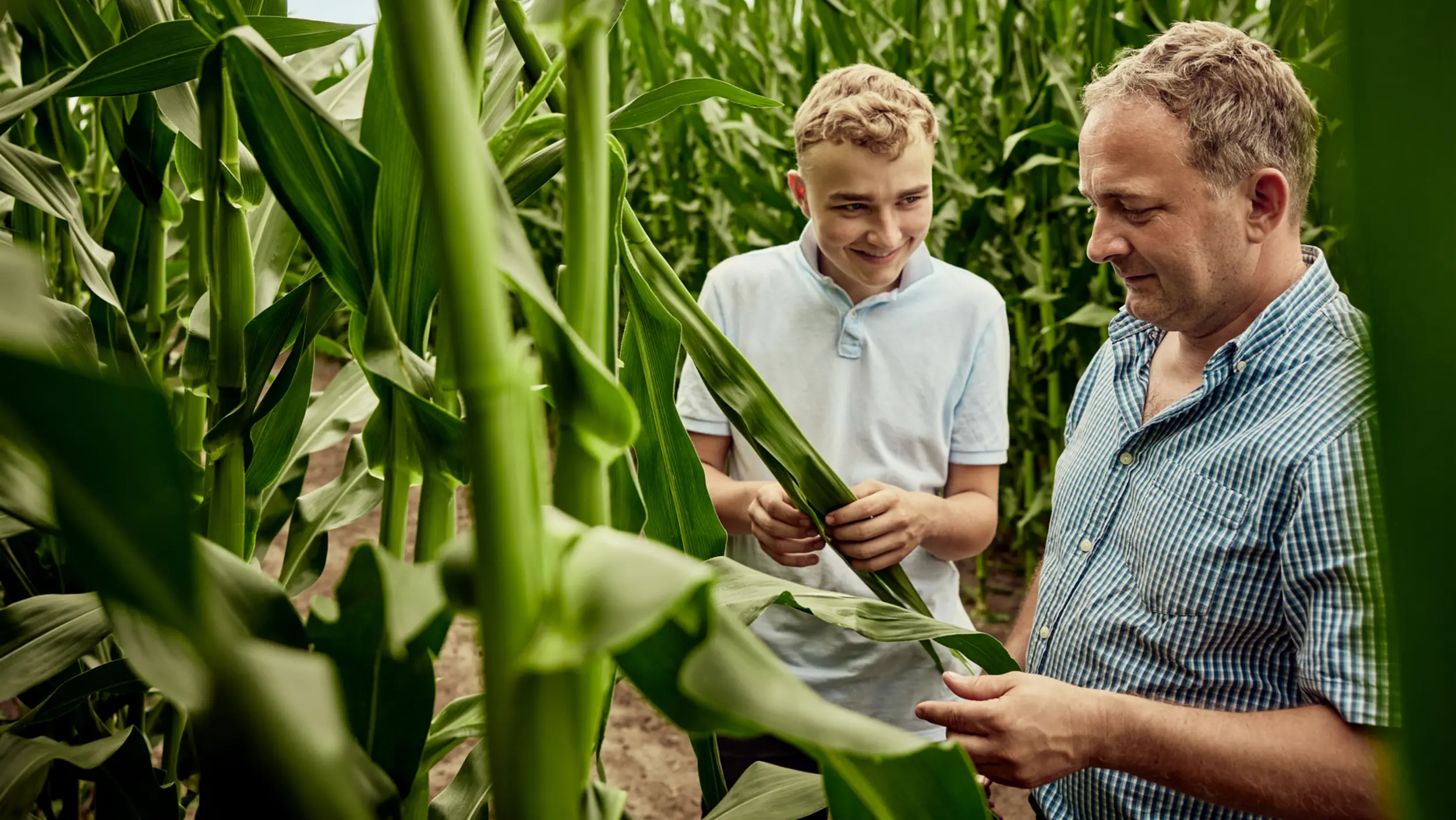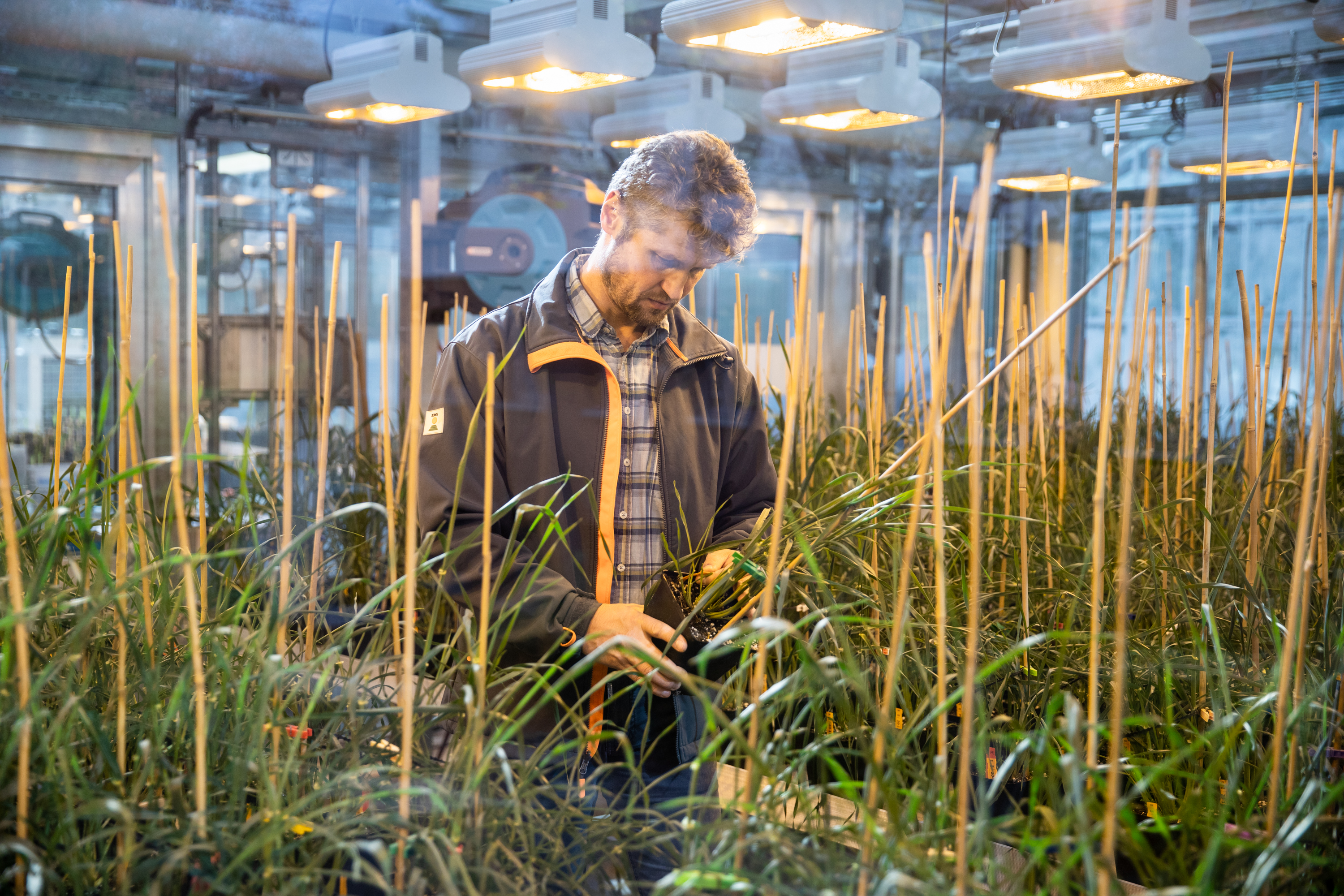-

Seeding the future – since 1856
About us at KWS
KWS sows the future. Our high-yielding seeds and extensive knowledge have made us a trusted partner for farmers for generations. We contribute to nutritional solutions for an ever-growing world population. We are constantly improving the genetic potential through excellent research and breeding programs. We tailor our seeds to our customers' needs and requirements to deliver the very best quality, and we are a strong partner throughout the value chain.
Our shared success is the result of a corporate culture that provides entrepreneurial freedom and supports dedicated talents who develop solutions.
Company
KWS sows the future.
Our high-yielding seeds and extensive know-how make us a reliable partner for farmers – and we have been for generations.
Discover the company's history and what sets us apart from other companies.
Learn more
Career
Plant breeding. Our business – your job with creative potential.
Agricultural scientists, biologists, engineers, economists, lawyers and specialists in various professional fields - together we build the future.
Learn more
Topics at KWS
Information & topics
from the company

Business Areas

Sustainability

Media & Press
History

World of Farming
Innovation
Plantbreeding for sustainable agriculture
The goal of our breeding work is to provide farmers with exactly the varieties that meet their needs.
Learn more
Expert knowledge of farming, from sowing to harvesting
From sowing to harvesting, KWS advises you on important agricultural issues. In addition to our useful tools and calculators, we have combined our expert knowledge and experience with sowing, plant growth management or harvesting to support you in your decision-making.


